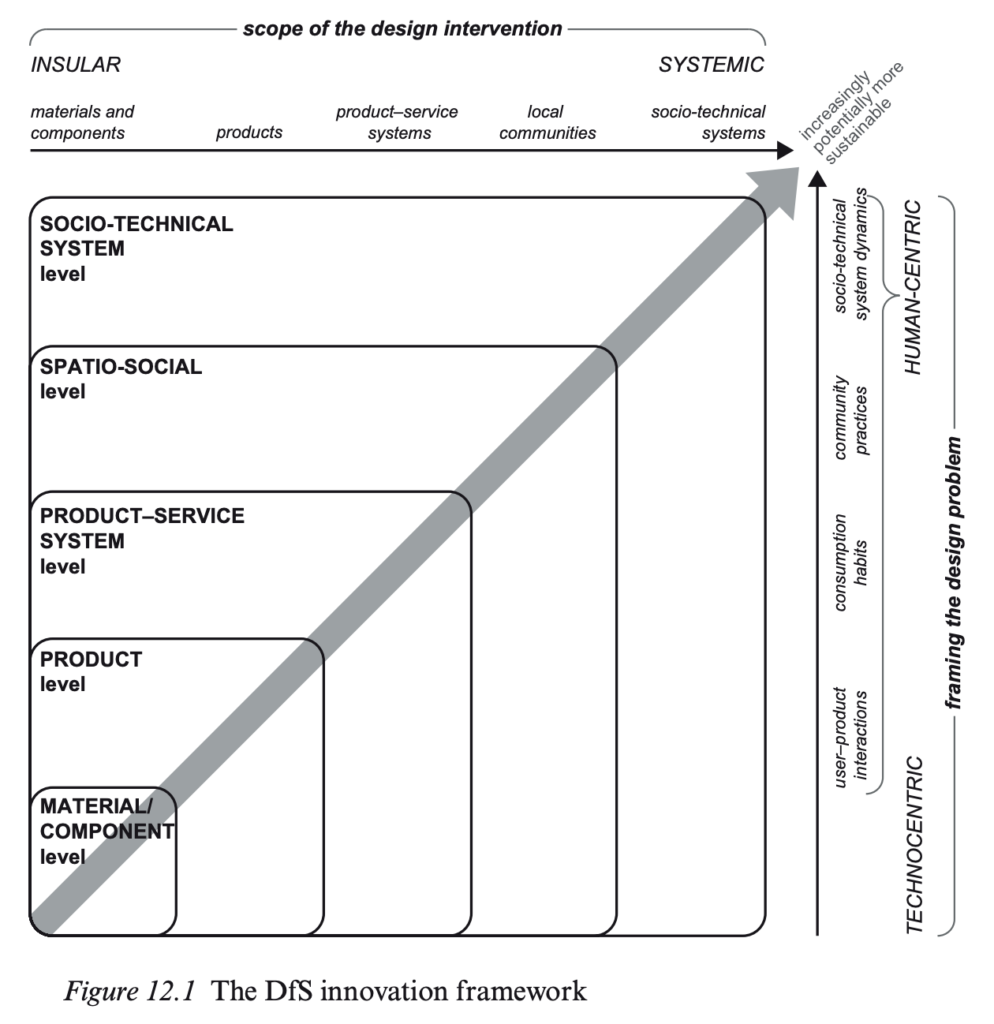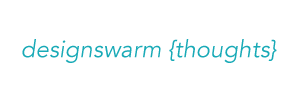My favourite novel is Oceano Mare by Alessandro Baricco. In it, (amongst many intertwined stories) a painter tries to paint the eyes of the sea with sea water and a scientist tries to ascertain the end point of the sea. Futile exercises, but it reminds me of climate change. Where do you start? Where does it stop? When are you done?
A Twitter exchange with Dan Lockton yesterday led to him pointing me to the recent work of Fabrizio Ceschin and İdil Gaziulusoy.

In the throngs of writing about innovation frameworks for my upcoming book, I’m also reflecting on the work I did with Bulb and Overlay in the past two years. There’s something interesting in what the starting point is for everyone. For designers it’s the thing, the material. For a banker, it’s a business, no matter what they’re doing, or a portfolio of real estate, commercial or residential. For a web designer it’s the data centres that power their cloud services. For an energy company, it’s the energy spend, the ability for someone to pay it, the source of that energy. For ecologists and conversationists it’s the number of animals, plants, their behaviour. All of these starting points are different but the impact of the work they do overlap and are connected. But the fact that starting points are different means the communities are rarely connected. Everyone has their own approach, frameworks, criteria for success. Can they be made to align, interact, converge? SDGs are picked like marbles from a bag. Net Zero means different things to different people. ESGs allow information to be diluted. Green building certificates are unregulated and EPCs imprecise. How does anything, eventually converge and what are we asking people to do, or to stop doing. And can we clearly tell them why.
I’m interested in who is doing good work around this convergence of approaches, the measure of impact, the ideas of what success means. I’m interested in letting what I find out shape the Low Carbon Design Institute too. If anyone has good references, please comment below!

